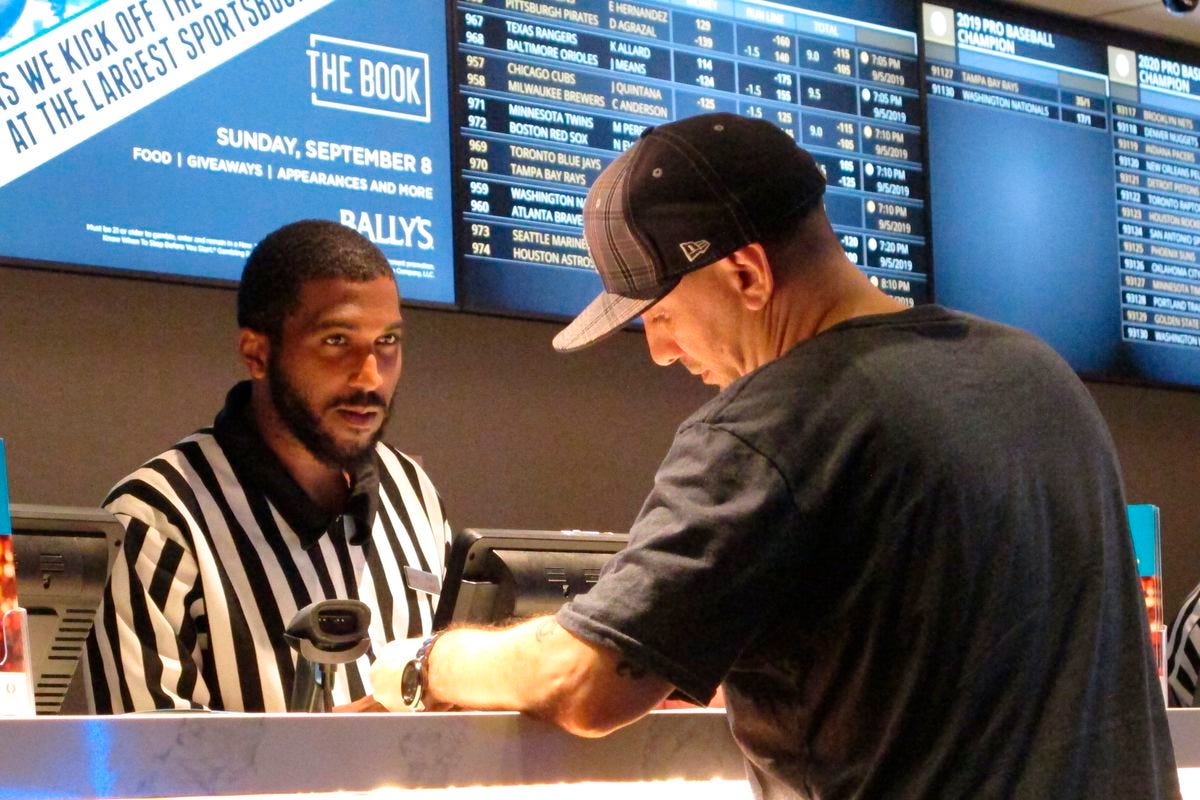Moneyline Bet Tie

Straight bets include spreads, moneylines, and totals (also called over/unders). A straight bet covers when the bettor wins and the bet pays out. Certain straight bets can also push, meaning the bet is a tie. In those cases, the bettor receives his wager back, but does not get any winnings. At +136 odds, a $100 wager would pay $136 in profit if the Buccaneers won the game (for a total payout of $236). Bettors often like picking underdogs because they are usually “plus” money. This side of the moneyline bet pays out more money per unit than a wager on the favorite. In this example, the moneyline on the favorite Chiefs was -156.
- Football Accumulator Tips Football Betting Tips Football Odds Germany Bundesliga Tips, Predictions, Computer Picks January 25, 2020 14:07 by Jasper Williams Tweet Follow @SportyTotal The leader of the Bundesliga RB Leipzig will play the away match against Eintracht Frankfurt.
- Soccer moneyline and spread wagers work slightly differently to some other sports, the main difference is that the 'draw' or 'tie' is a selectable outcome. Therefore rather than be a push, if you select a team to win and it's a tie, the wager is a loss.
- Moneyline parlays allow you to tie together multiple moneyline bets and wager a single amount for a larger possible payout. The more moneyline picks you add to your parlay, the more money you could.
Everyone makes moneyline bets without even knowing it. Even non-gamblers make moneyline bets. Betting the moneyline for a game is possibly the most simple way to wager on sports. Bettors just choose a player or team to win. If the bettor chooses the winning side, the sportsbook will pay the amount due. It’s really that simple.
There’s no point spread with a moneyline bet. Bettors are just picking the winning side. While placing a wager is simple, trying to understand how the moneyline pays might be a bit complicated. Both sides of each moneyline wager are paid on a different schedule and that could make this kind of bet confusing.

The favorite team or player on the moneyline is the team that’s expected to win. This side of the bet usually listed with a minus (-) sign. The underdog team or player on the moneyline is the team that’s expected to lose. This side of the moneyline is usually listed with a plus (+) sign. These signs signify how either side of the wager will pay. The minus side will pay less than original wager while the plus side will pay more than the original wager.
Example of a moneyline wager
Low scoring sports like baseball, soccer, and hockey are usually bet on using a moneyline. But they are also popular in football. The best way to explain how moneyline bets are paid is with an actual example. Let’s use this past Super Bowl between the Tampa Bay Buccaneers and Kansas City Chiefs as an example.

The easiest way to understand moneyline wagers is by using a $100 bet. Using the above example, the moneyline on the underdog Buccaneers was +136. At +136 odds, a $100 wager would pay $136 in profit if the Buccaneers won the game (for a total payout of $236). Bettors often like picking underdogs because they are usually “plus” money. This side of the moneyline bet pays out more money per unit than a wager on the favorite.
In this example, the moneyline on the favorite Chiefs was -156. At -156 odds, a bettor would need to wager $156 to win $100. Since the favorite is considered the team with the better chance to win, a winning wager will usually pay out less than the original amount wagered.
Looking deeper into moneyline wagers
The two sides of each moneyline wager are essentially the opposite of each other. When wagering on the favorite it’s easiest to work from the dollar amount that will return a win of $100. When wagering on an underdog it’s easiest to understand how the moneyline pays based on how much a $100 wager will pay.

Understanding how a moneyline wager pays isn’t simple but it’s not very complicated. That said, it might take running through a few examples before fully grasping the payouts. Moneylines for football and basketball games are often tied to the point spread. When a game has a large point spread it usually has a large moneyline. Both are separate bets but are shown together in a sports wagering app screen and in a brick and mortar sportsbook.
As seen above, lines and odds may be different at various sportsbooks so consider this just an example of point spread line and a moneyline.
Moneyline parlays
Explain Moneyline Betting
Moneyline parlays are growing in popularity. A parlay is a single wager that is comprised of multiple results. The payout for a parlay is greater than an individual wager on each player or game. Underdog moneyline parlays are becoming popular because the payouts can be very large. Moneyline parlays are becoming popular because of the perceived ease of choosing multiple favorites to win. Choosing one winner is difficult and multiple winners at the same time is even more difficult.